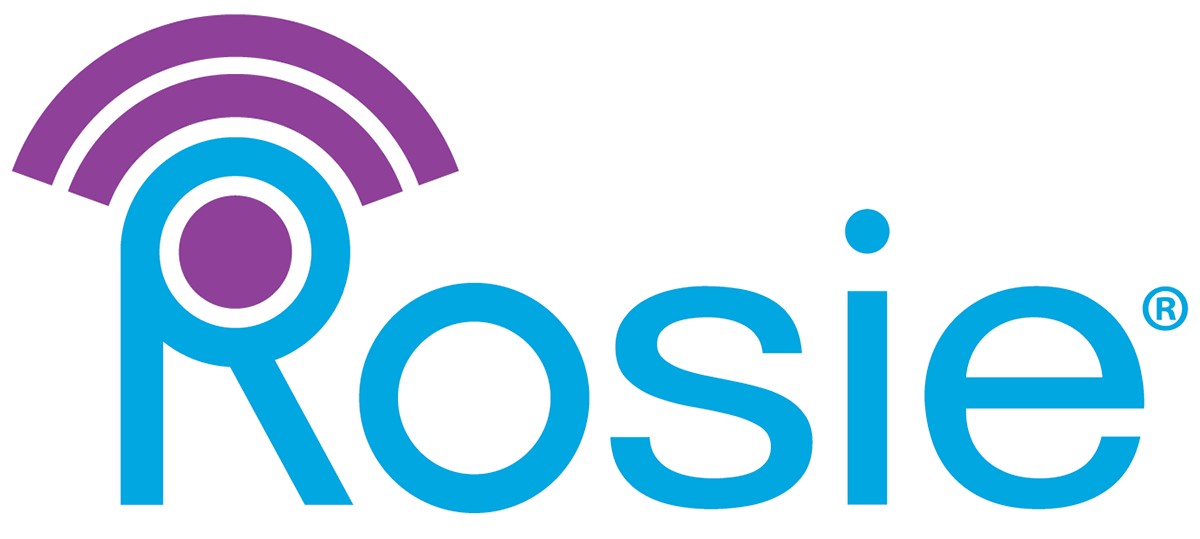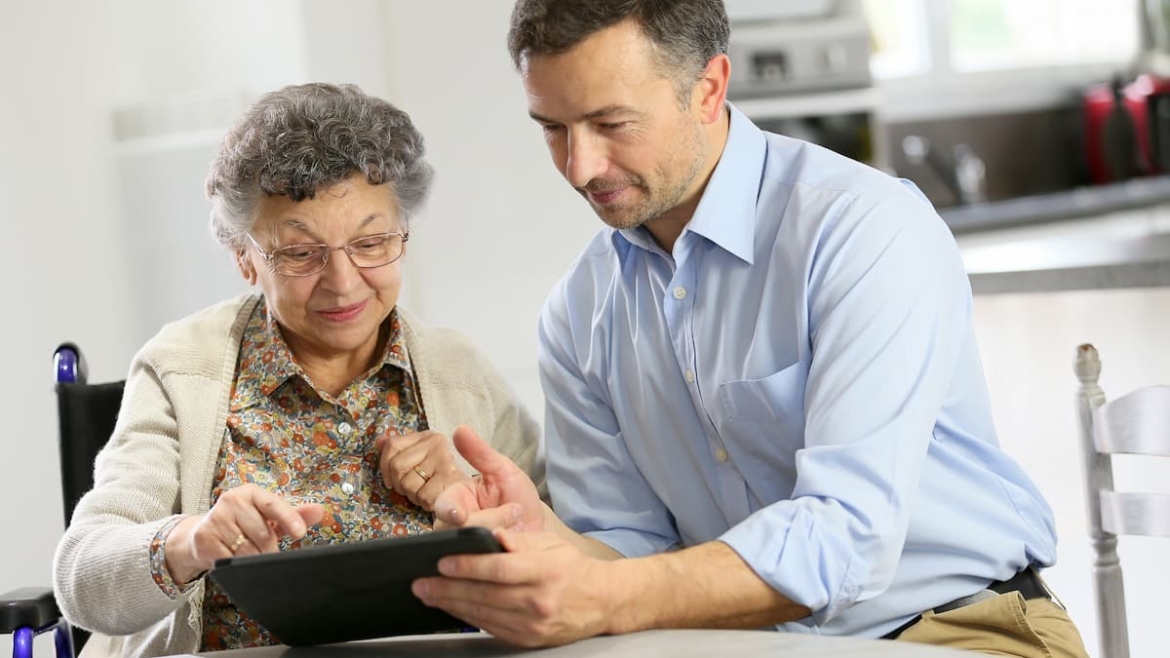The Importance of Connected Healthcare in LTC
Connected Healthcare is Transforming Medical Care
The scope of connected healthcare has changed drastically since the launch of the first employer-sponsored connected health program in 2007. That first program targeted only employees with high blood pressure to improve their results.
We’ve come a long way since 2007. In 2020, the pandemic gave a stunning boost of 71.3% to connected healthcare as medical practitioners and patients struggled to find safe ways to continue care. Today, connected healthcare is not only expanding access to care; it is also offering connected support for an ever-increasing number of chronic conditions.
The Internet of Medical Things
The Internet of Medical Things (IoMT) describes the host of devices that connect patients to healthcare providers using technology. In 2020 the global market for IoMT devices was $30.79 billion, and analysts expect it to grow to $187.6 billion by 2028. Experts believe the phenomenal pandemic growth rate of 71.3% will slow down to a still-heady 29.5% as the industry continues to evolve.
Internet of things healthcare devices are making a genuine impact for patients and medical practitioners, making healthcare businesses more viable in an ever-expanding industry and improving the quality and frequency of care for patients.
Technology Enables Convenient, Individualized Care
While the pandemic temporarily launched connected healthcare into the stratosphere, it also demonstrated to medical practitioners and patients the effectiveness of the technology, and the trend has continued as the pandemic continues to wane.
- A homebound patient can connect via the computer to consult with a clinician. Remote patient monitoring (RPM) devices such as Rosie® Care Anywhere accurately deliver blood pressure, glucose, temperature, weight, and oxygen levels to the patient’s electronic health record (EHR). Alarms alert practitioners when levels are out of bounds.
- The work-at-home-trend spawned by the pandemic has created lasting shifts in the working environment. Connected healthcare for an employee or an employee’s children can now be scheduled at home via video, with a half-hour time commitment rather than the two hours or more a doctor’s office visit could take.
- In long-term care (LTC) facilities, nurses can take vitals within two minutes using Rosie vitals monitoring workstations, leaving precious patient-facing time focused on person-to-person interaction. Automatic reporting to the patient’s EHR with Rosie SmartCart® increases accuracy and saves additional time for nurses.
- For home healthcare providers, portable kits such as Rosie® Care Anywhere bring all the vitals monitoring and reporting functionality of the medical office into the home, combining the best of technology and the personal touch of a home visit.
- Patient engagement increases with connected healthcare. Using a connected device, a patient with high blood pressure sees the changes and can adjust medication or behaviors accordingly.
Connected Healthcare FAQs
What is connected health?
What are some examples of connected health?
– A caregiver in an LTC facility takes a patient’s vitals with a Rose Standard Vitals Cart, and the cart reports the vitals accurately to the patient’s EHR.
– A home healthcare provider visits a patient’s home and uses a Rosie® Care Anywhere kit to take a homebound patient’s SpO2 levels, temperature, and blood pressure.
Why do we need connected health?
– Cost reductions for chronic disease care
– Reduction in medical errors
– More frequent patient monitoring
– Greater engagement by patients in their care
Partnering for Success
Connected healthcare is the wave of the future, yet it can be a daunting prospect to get started. That is why Rosie® offers unparalleled support to our customer partners. We know your work is critical to patient health, so we target resolving all concerns within one business day.
Contact us today to learn more about Rosie® connected healthcare devices.

